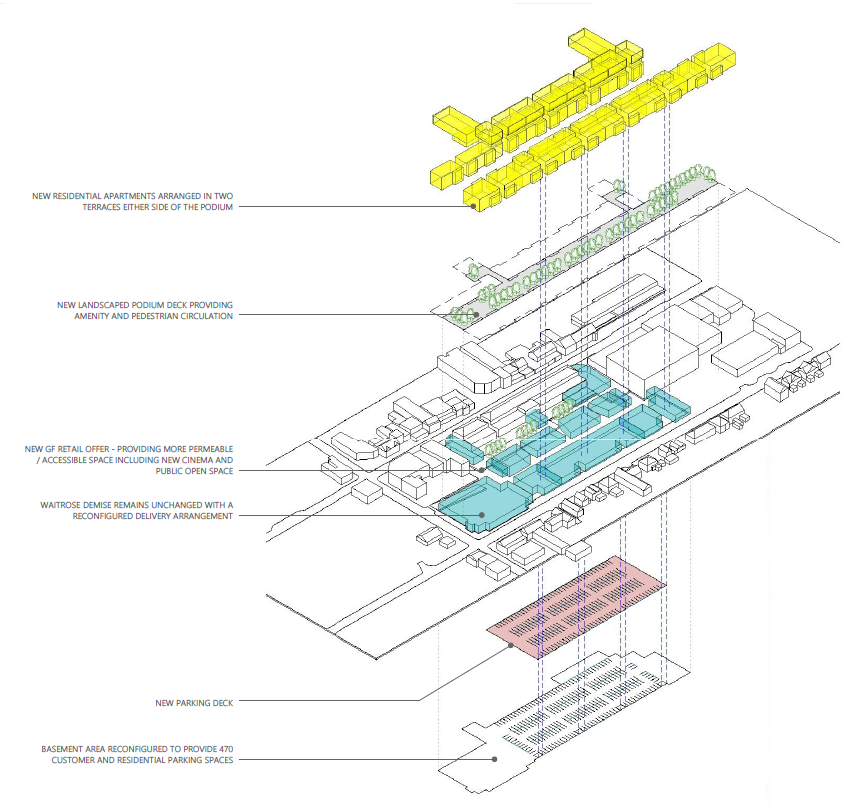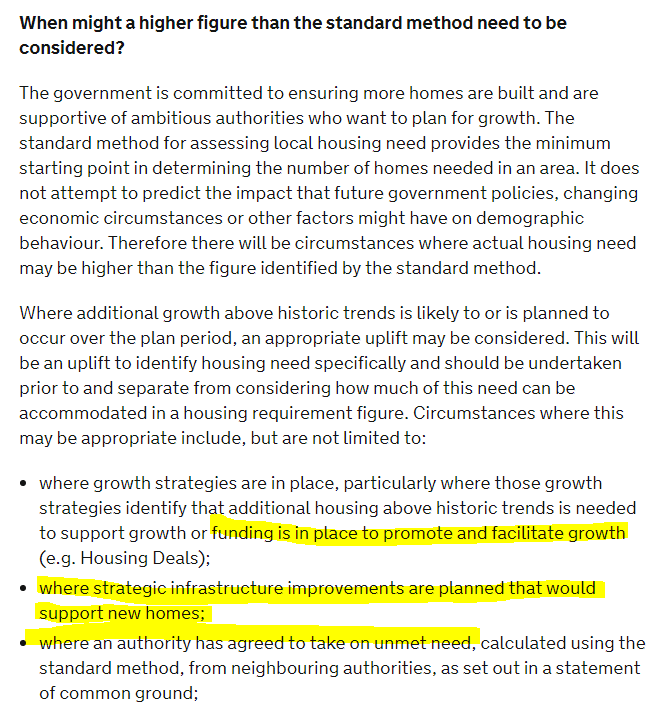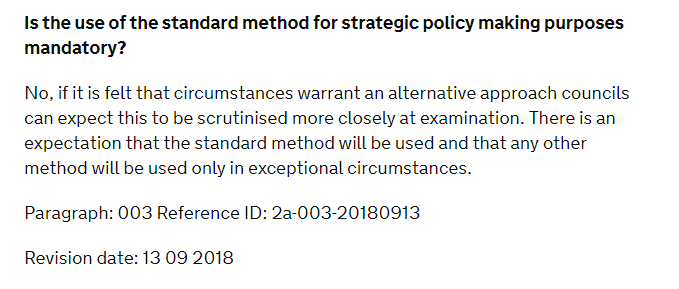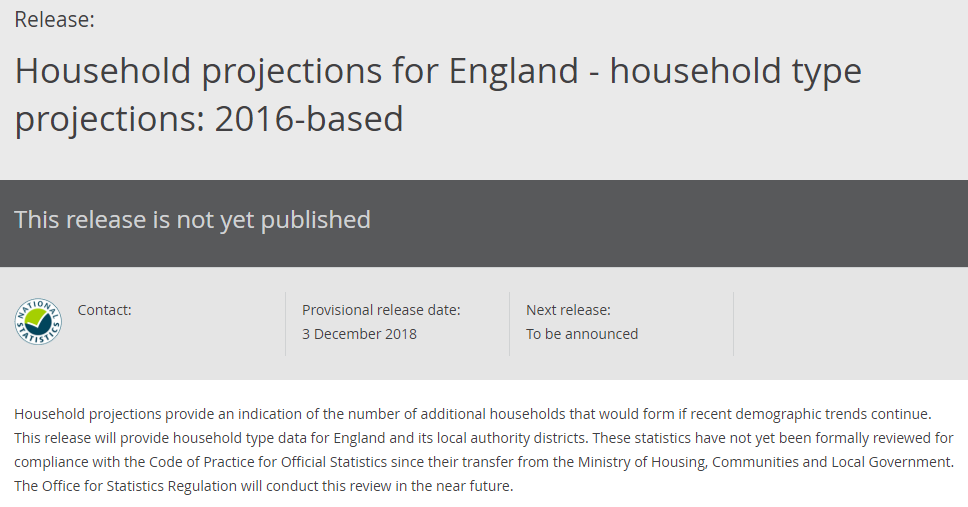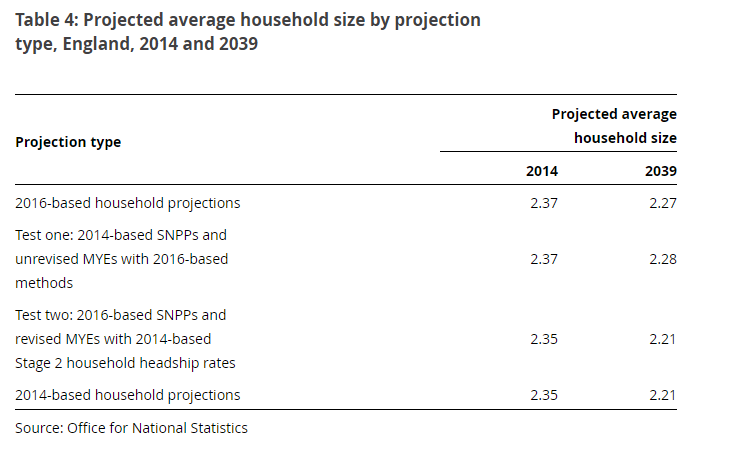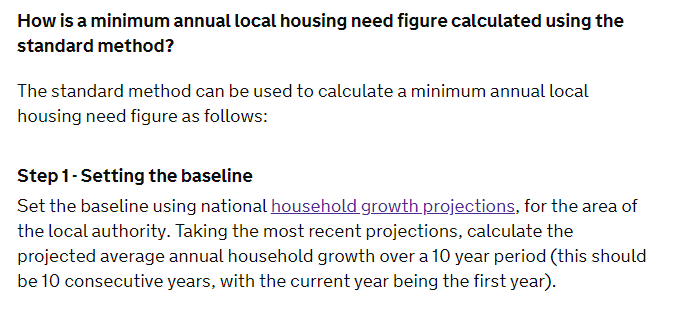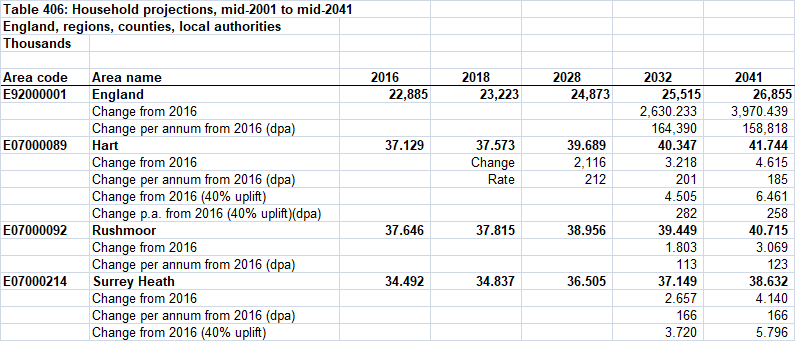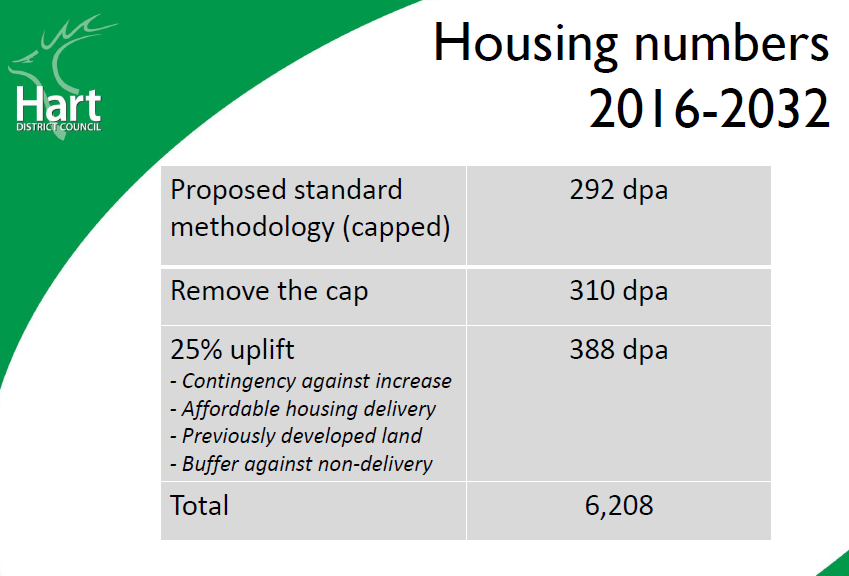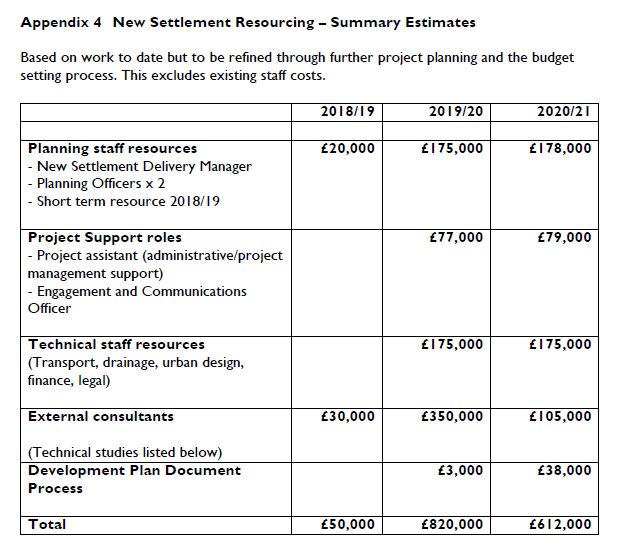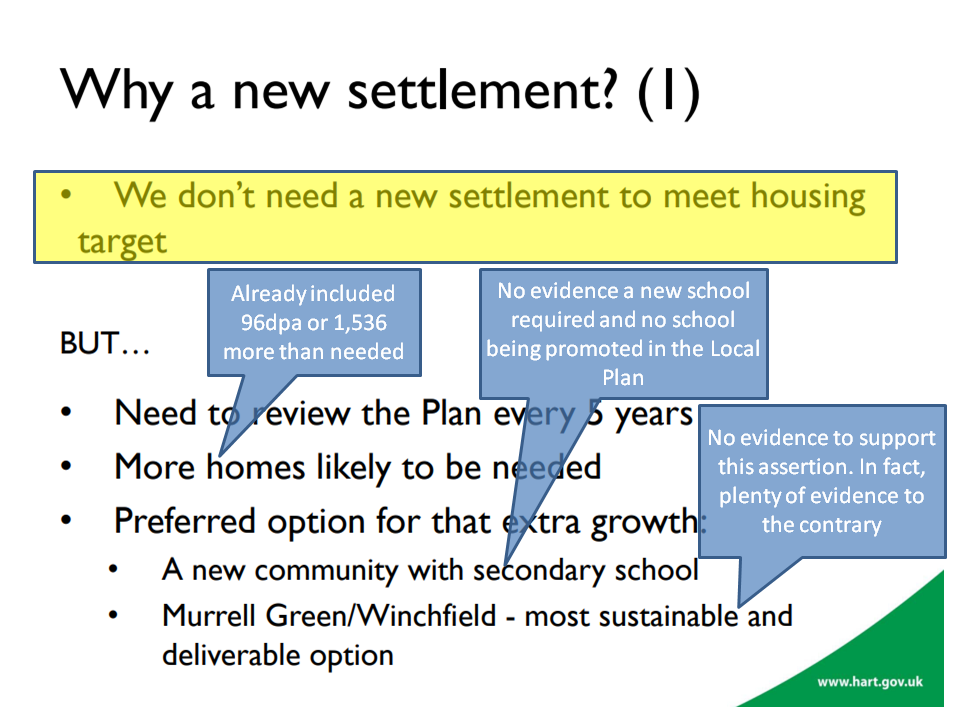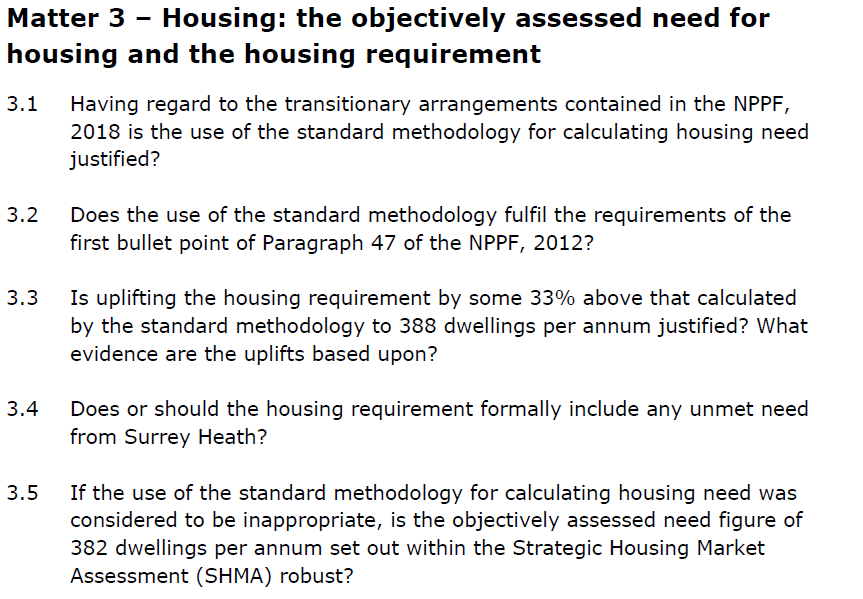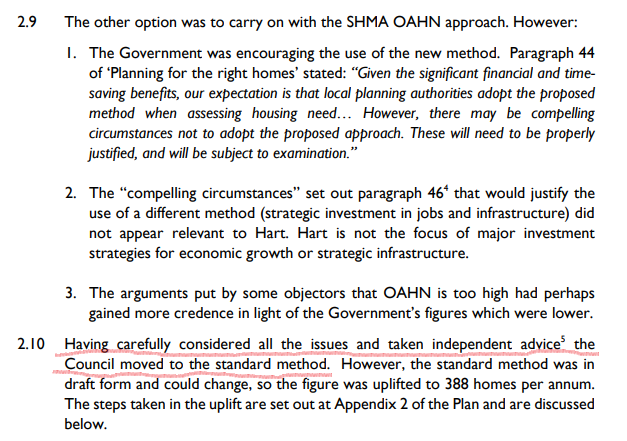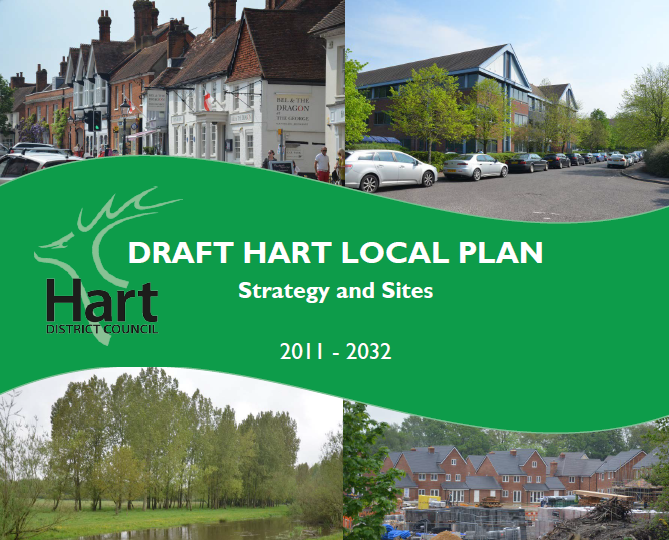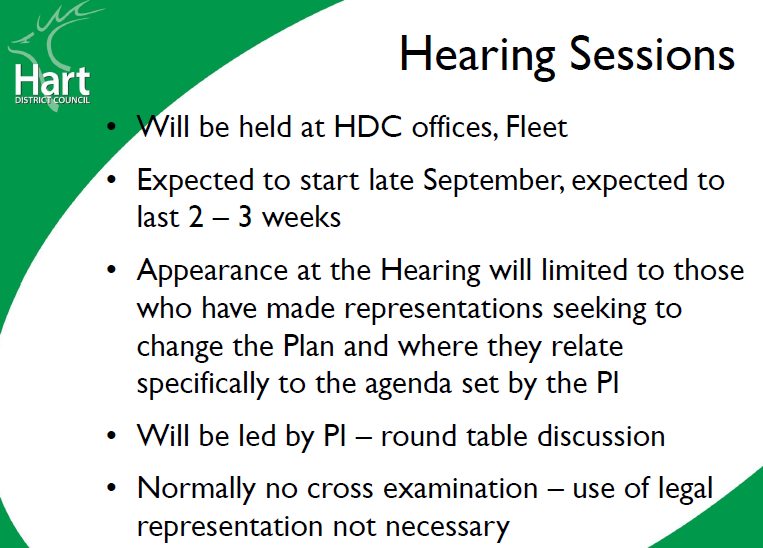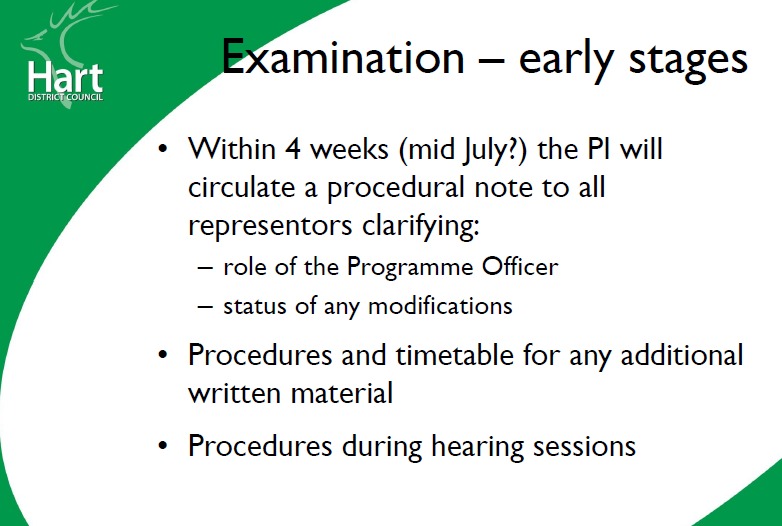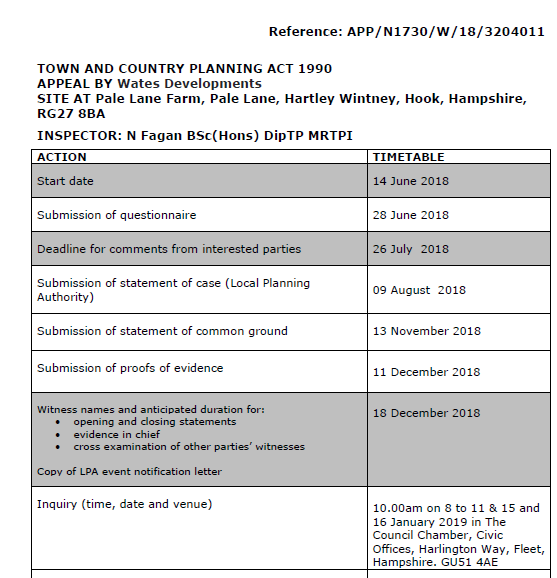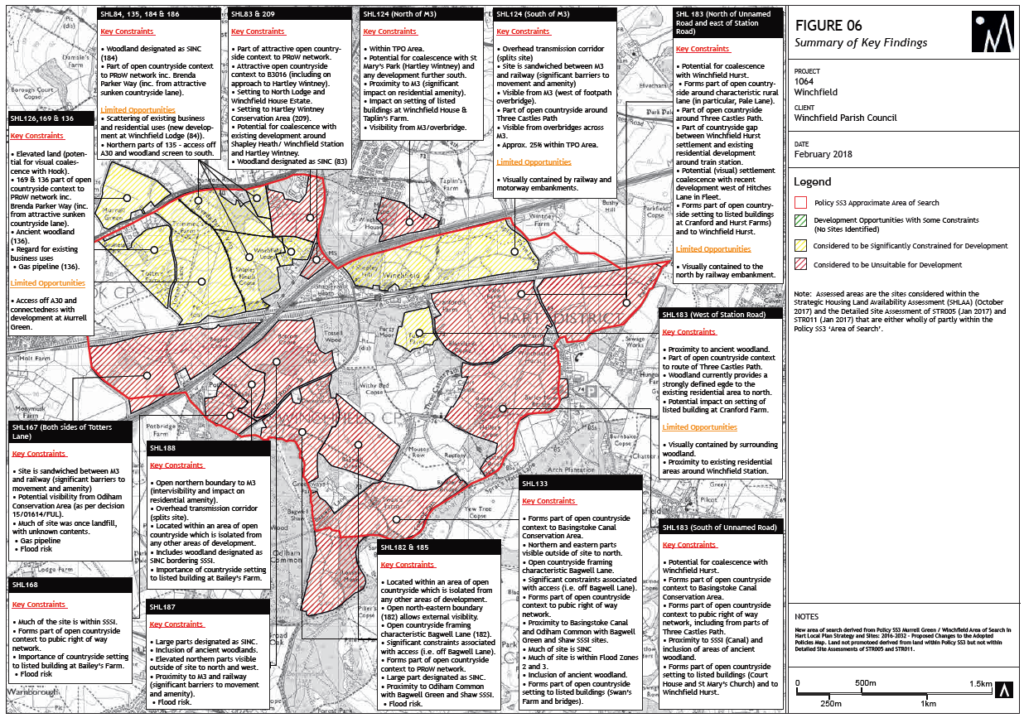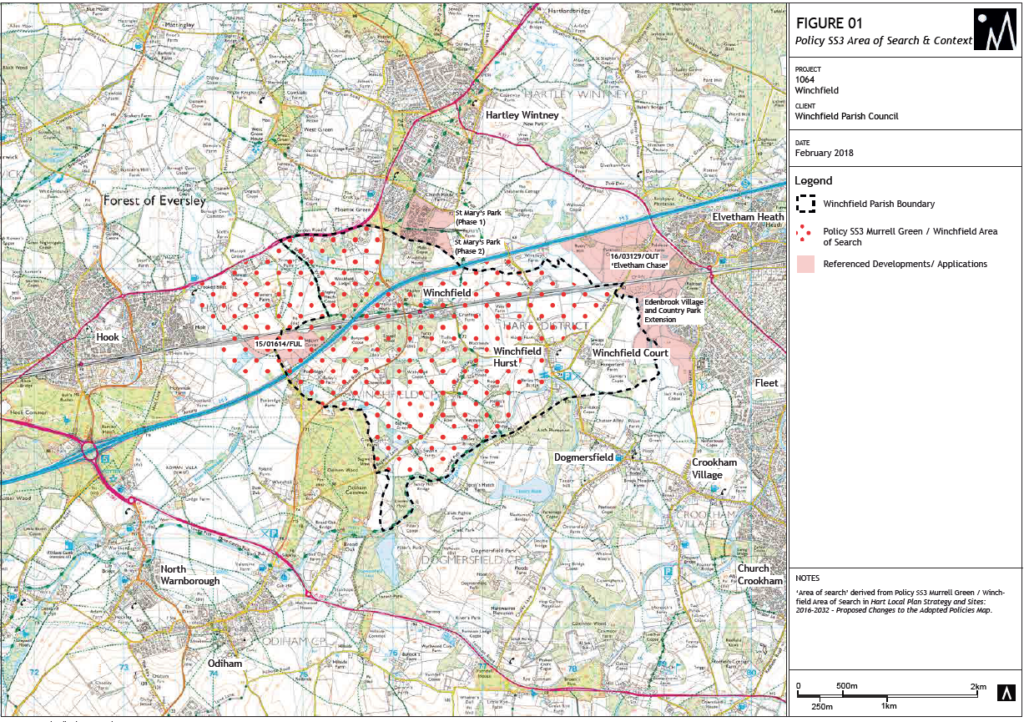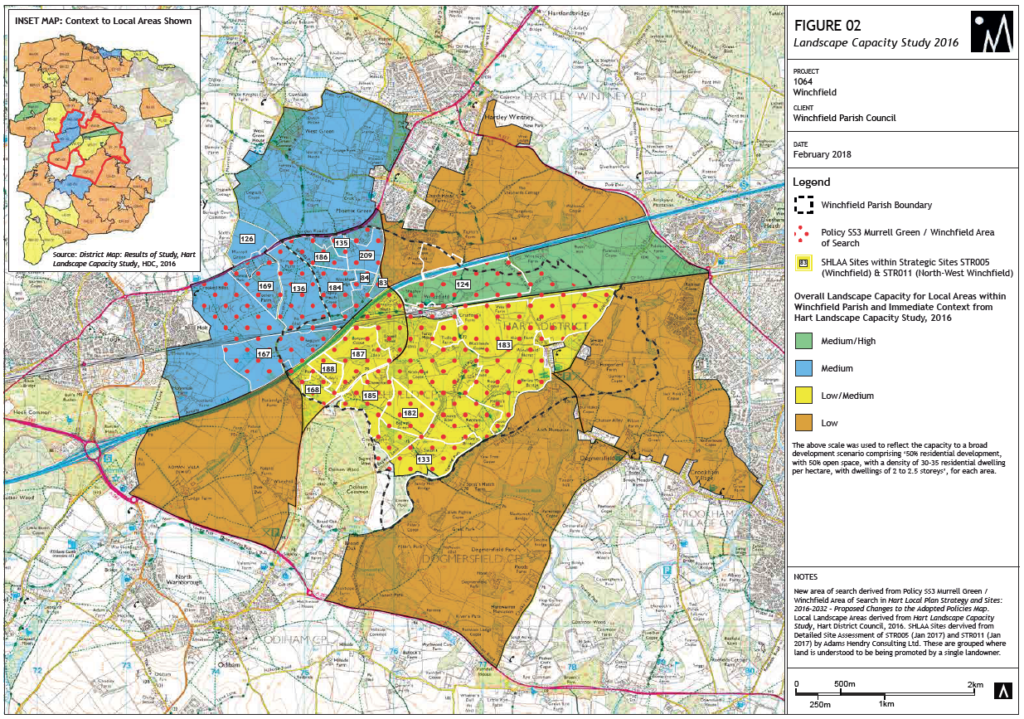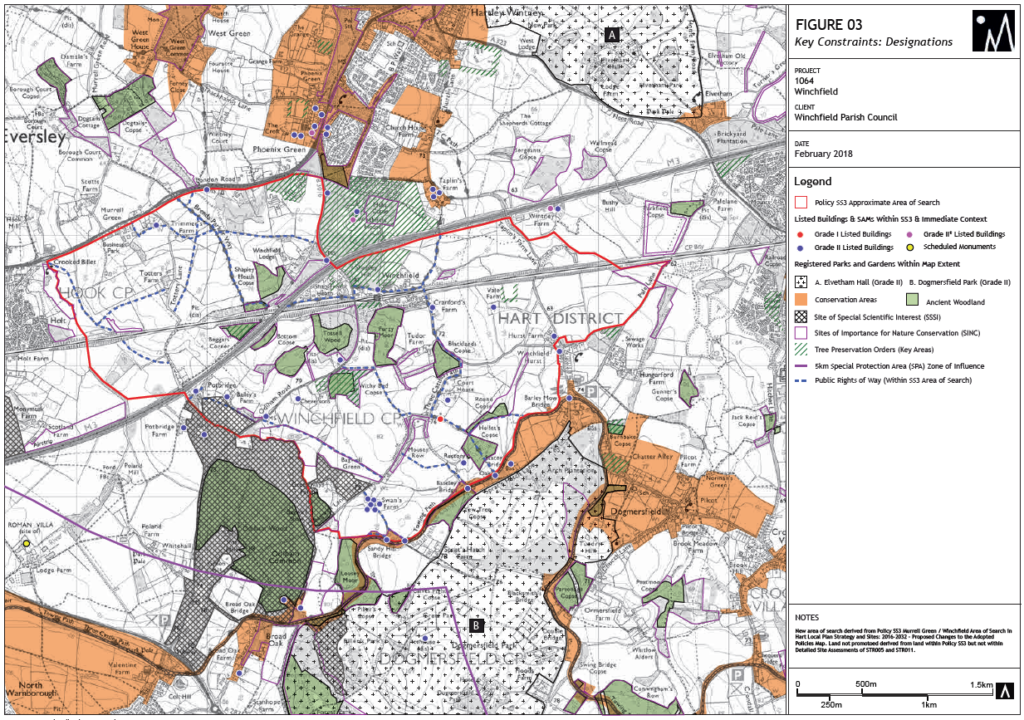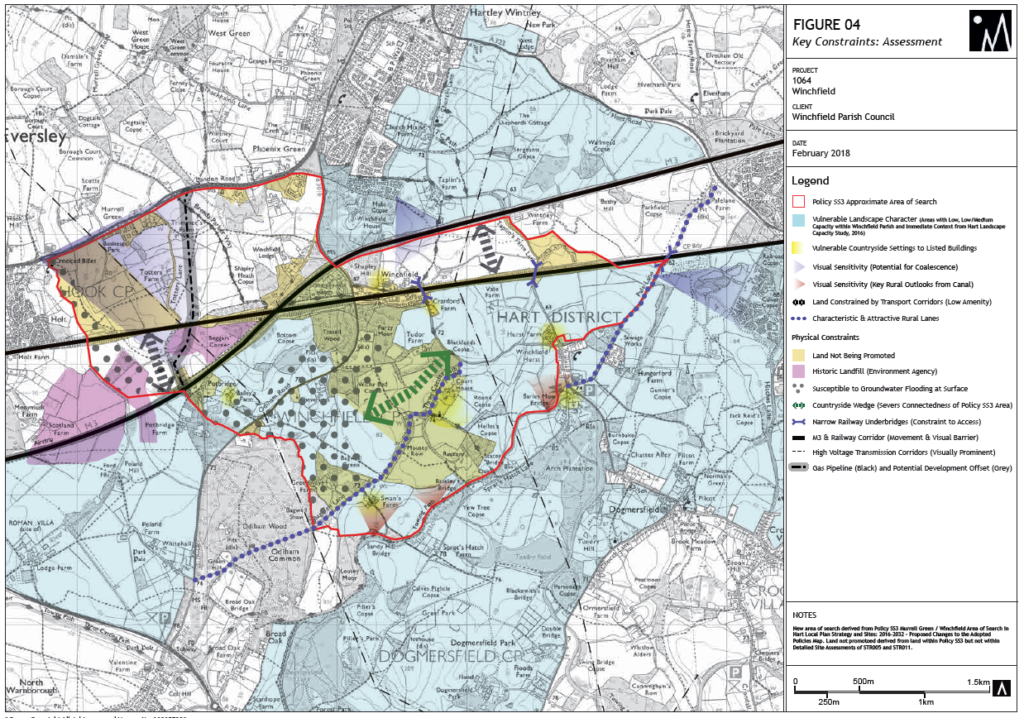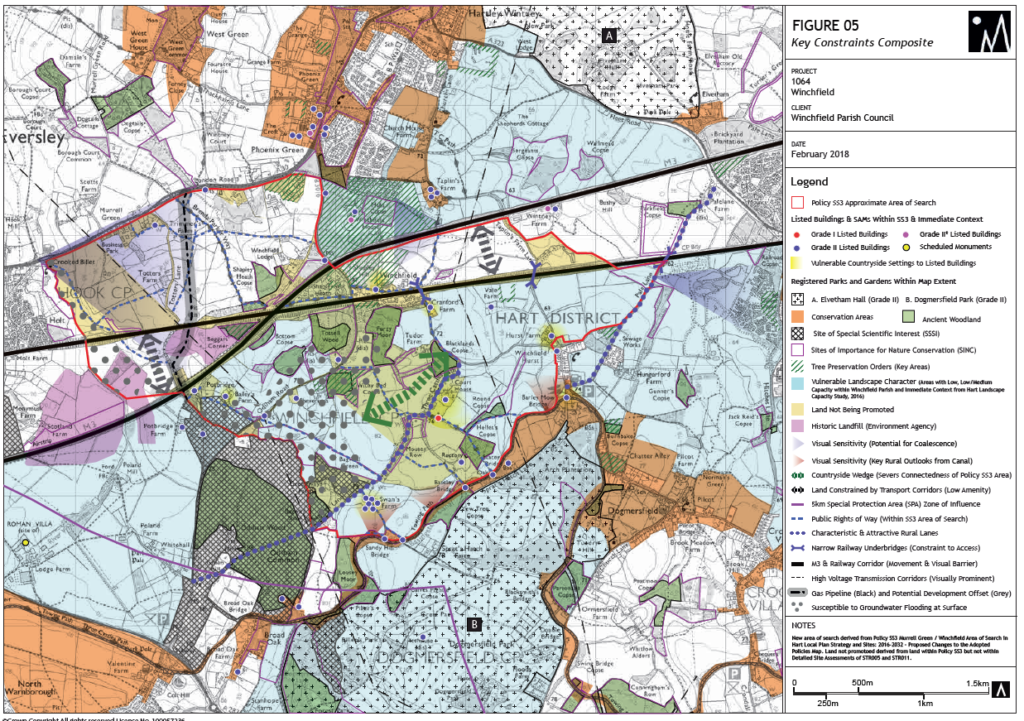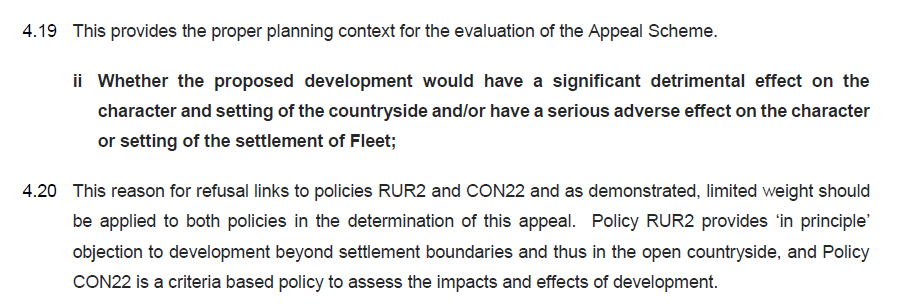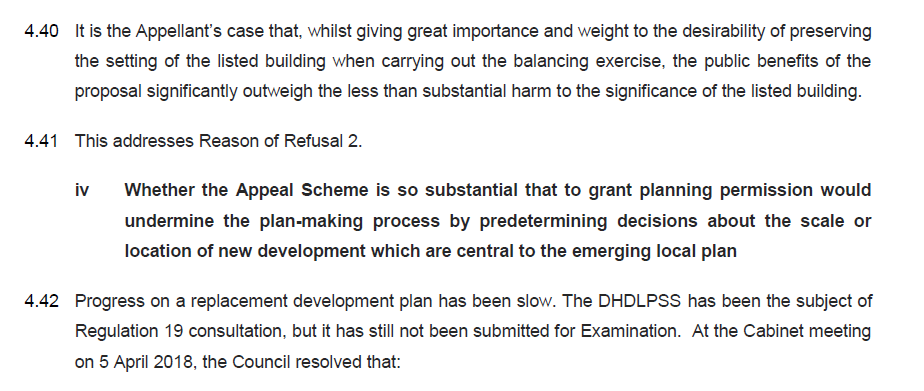We are delighted to announce the release of a study into Fleet regeneration undertaken on behalf the Rural Hart Association. This study shows that it is feasible and desirable to redevelop Hart Shopping Centre as a stepping stone to wider Fleet regeneration.
Benefits of Fleet Regeneration
The benefits of the proposed scheme are as follows:
- 371 flats of 1, 2, 3 and 4 bedrooms, with 20-40% affordable, ideal for first time buyers. It is possible that some of the units would be attractive to the private rented sector.
- Potential for some of the unit to be sheltered housing for our growing elderly population.
- Extra customers for local Fleet businesses including retail, restaurants, bars, photographers, hairdressers, mobile phone shops etc, bringing an extra ~£3m per year of spending to the town centre.
- Provision of a cinema for film lovers.
- Provision of a community space for local cultural events.
- Modern retail units for a supermarket and to attract High Street retailers, benefiting existing Fleet residents. Although there is an option to increase the number of homes and have less retail space if necessary.
- Underground car-parking.
- The scheme will no doubt make contributions to fund infrastructure in Fleet.
- Supports Fleet Town Council’s objectives to bring cultural and entertainment facilities to Fleet Town Centre as outlined in the Fleet Neighbourhood Plan.
- Help Hart Council address the challenge of bringing investment to Fleet, as outlined in the Hart Local Plan.
- The scheme would be profitable in its own right and would not require any contribution from Fleet or Hart taxpayers.
The proposals respect the sight lines of the existing Hart Shopping Centre, so it shouldn’t be intrusive.
The savings for Fleet taxpayers would run into £10’s of millions as they would no longer be on the hook for the controversial Gurkha Square development. The savings for Hart taxpayers would include the £1.5m for planning the unnecessary new town, and of course they would retain the Gurkha Square parking revenue.
Background to Fleet Regeneration Proposals
The genesis of this idea came at the January Council meeting, where the Graham Cockarill, portfolio head of Planning said they were pressing ahead with the unnecessary new town, because the regeneration of Fleet was an “impossible pipedream”. These proposals should give Hart Council food for thought. We would strongly recommend that Hart takes these proposals seriously and get behind a plan to regenerate Fleet. Together we can make a vibrant town and help Hart remain one of the best places to live in the country.
Next steps for Fleet Regeneration
These proposals will be formally submitted to Hart Council and Fleet Town Council early this week. We are also seeking for these proposals to be discussed as part of the upcoming Local Plan examination.
We think these proposals could be viewed as the first project of a larger programme to regenerate Fleet. The next site on our own target list would be the whole Civic area including Hart’s Offices, the library and the Harlington. There should be no need to disturb either Gurkha Square car park, or Bakers. The Fleet neighbourhood plan also targets this area for improvement. It is time for Hampshire, Hart and Fleet councils to get round the table with sensible planners like Lambert Smith Hampton to come up sensible plans for the future.
This is a much better idea than to concrete over our green fields with an unnecessary new town.
Rural Hart Association email to supporters about Fleet Regeneration
Dear Supporters
The Rural Hart Association (RHA) has made very good progress over the summer and we are now fully prepared to play our part in opposing a New Town at the Examination in Public (EIP) which starts on 20 November.
You will remember that the RHA decided to concentrate its resources on the single issue of Fleet regeneration. We set out to demonstrate that it was feasible for Fleet Town Centre to be regenerated with a mixed-use development (residential, retail and leisure) which would provide housing as well as reviving the commercial viability of Fleet as Hart District’s largest town.
The issue of Fleet Regeneration is of vital importance because Hart District Council’s justification for a New Town rests on their assertion that it can’t be done. In a bit more detail the argument runs like this:
- The National Planning Policy Framework (NPPF) requires that Brownfield sites are used to their maximum potential before building on greenfield land
- The NPPF also requires that councils regenerate their Town Centres. NPPF para 86 says “Planning policies and decisions should support the role that town centres play at the heart of local communities, by taking a positive approach to their growth, management and adaptation”
- HDC admits that Hart District is failing commercially (because there is a growing net outflow of retail and leisure spend from the district) and the Local Plan states (para 66) that “the challenge for Fleet will be to secure investment so that it can compete with the comparison towns in neighbouring districts”
- But HDC has made no attempt to secure the investment needed to regenerate Fleet. When challenged on this at the January council meeting HDC stated that regeneration of Fleet was an “impossible pipedream”.
In May we appointed Lambert Smith Hampton to undertake a Design Study to investigate the feasibility of a mixed-use regeneration of Fleet’s Hart Shopping Centre. This study is now complete and the main conclusions of the Study are:
- Hart Shopping Centre can be regenerated to provide the same retail and parking space, as well as 950sqm of community space, a multi-screen cinema and 371 flats (of 1,2 and 3 bedrooms). The whole area would become modern and desirable, and the flats would provide a tremendous boost to the viability of the shopping centre.
- The flats would be ideal for first time buyers and elderly people because they are close to the shops and the station – the Design Study has allowed for the full 40% affordability provision.
- The return on investment for potential developers looks good.
In summary, we have demonstrated that Hart’s claim that Fleet cannot be regenerated is utterly wrong. Hart Council is dominated by CCH councillors whose agenda is to stop Fleet being regenerated at all costs. As a result the draft Local Plan condemns Fleet in particular (and the whole Hart in general) to long-term economic decline.
We hope that on the basis of this Study, the Inspector will insist that the New Town is removed from the Local Plan and that a large-scale regeneration of Fleet is undertaken instead. Hart should be guiding the district towards a bright future in which Fleet becomes a modern, vibrant and highly successful town surrounded by beautiful countryside and rural villages.
LSH will submit the Design Study to Hart District Council, and will ask the Council to cooperate in its implementation. We will also submit the Design Study to Fleet District Council, whose Neighbourhood Plan supports mixed-use developments in the Town Centre. LSH will also submit the Design Study to the Inspector in preparation for the Inspector’s review of the Spatial Distribution of Housing (Matter 4) and Town Centre and Retail (Matter 10).
You can find the full study in David Turver’s excellent WeHeartHart website at www.wehearthart.co.uk. The We Heart Hart blog also provides a full commentary of the progress of the Local Plan and its well worth reading.
Thank you all for your generous contributions to the Design Study and to funding LSH to attend the Examination in November/December. I think that we have built a very strong case, and I believe that we have a good chance of preserving all of our green fields for many decades to come.
Tristram Cary
Chairman Rural Hart Association
